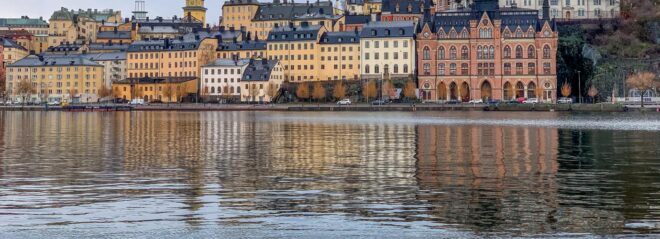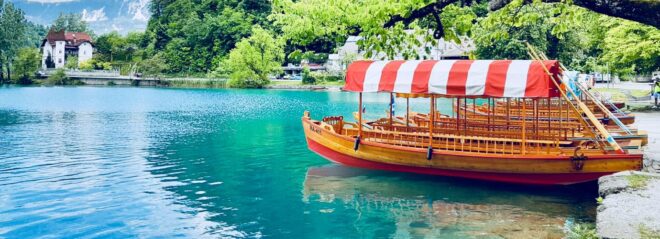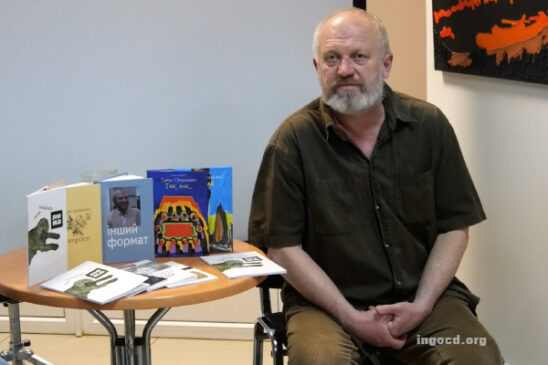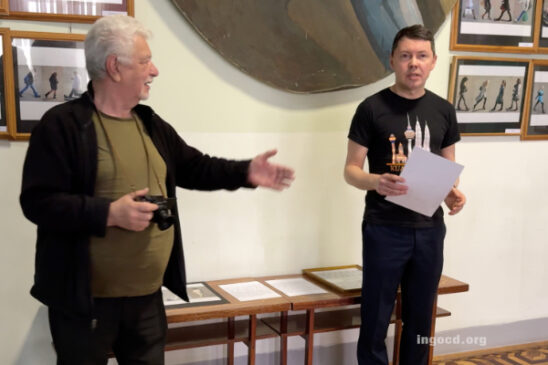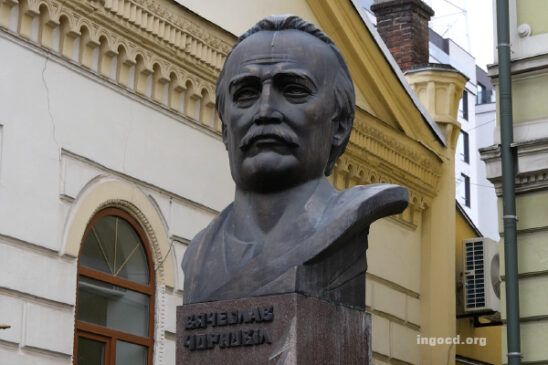Education in Italy
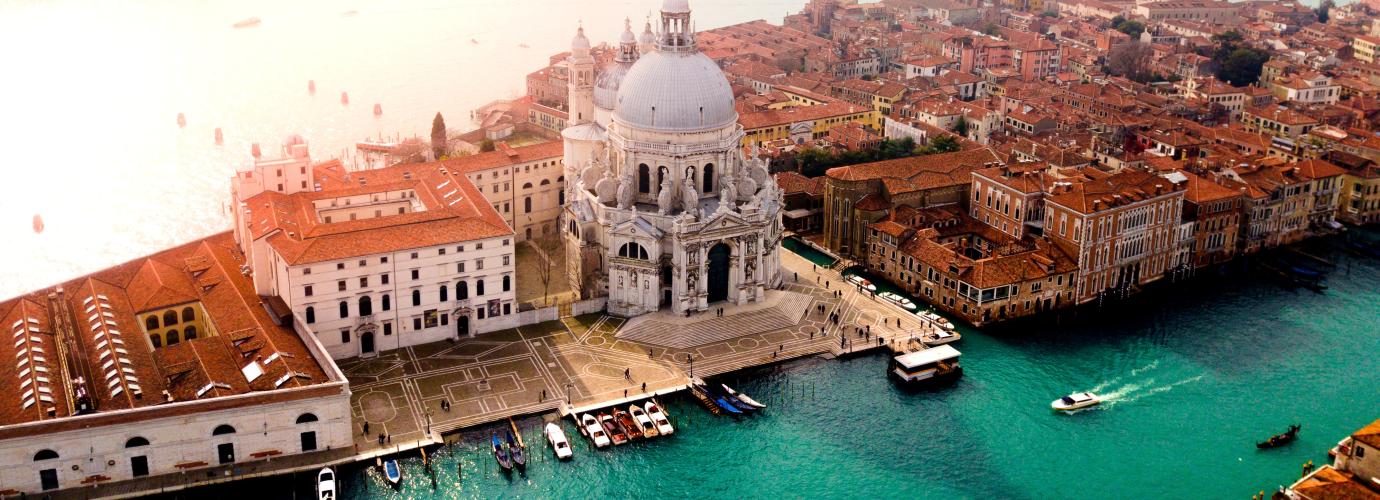
1. Key features of the education system
Governance
The education system is organised according to the principles of subsidiarity and of autonomy of institutions.
The State has exclusive legislative competence on the general organisation of the education system (e.g., minimum standards of education, school staff, quality assurance, State financial resources). The Ministry of education and merit (Ministero dell’istruzione e del merito – MIM) and the Ministry of university and research (Ministero dell’università e della ricerca – MUR) are responsible for the general administration of education at national level for the relevant fields. The MIM has decentralised offices (Uffici scolastici regionali – USRs) that guarantee the application of general provisions and the respect of the minimum performance requirements and of standards in each Region.
Regions have joint responsibility with the State in some sectors of the education system (e.g. the organisation of ECEC (0-3), the school calendar, the distribution of schools in their territory, the right to study at higher level). Regions have exclusive legislative competence in the organisation of the regional vocational education and training system (Istruzione e formazione professionale – IFP).
Local authorities organise the offer at local level (e.g. maintenance of premises, merging or establishment of schools, transport of pupils) from ECEC to upper secondary education.
Schools have a high degree of autonomy: they define curricula, widen the educational offer, organise teaching (school time and groups of pupils). Every three years, schools draw up their own Three-year educational offer plan (Piano triennale dell’offerta formativa – PTOF).
At tertiary level, universities, the institutions of the Higher education for the fine arts, music and dance (Alta formazione artistica, musicale e coreutica – Afam) and the Higher technological institutes (Istituti tecnologici superiori – ITS Academies) have statutory, regulatory, teaching and organisational autonomy.
Providers
The Italian education system is mainly a public State system. However, private subjects and public bodies can establish independent education institutions. Such public or private independent schools can be, under certain conditions, equal to State schools and are called scuole paritarie. Independent schools without the parity to State schools cannot issue qualifications.
The State directly finances State schools. Scuole paritarie receive State contributions according to criteria established annually by the Ministry.
Home education during compulsory education is a possible option only upon certain conditions. Students attending home education must sit for specific exams to prove the acquisition of the expected competences.
Inclusion
Education at all levels must be open to everyone: Italian citizens as well as foreign minors from both EU and non-EU countries. Compulsory education is free.
The principle of inclusion also applies to pupils with disabilities, to pupils with social and economic disadvantages and to immigrant pupils. In such circumstances, measures focus on personalisation of teaching and didactic flexibility and, in the case of immigrant pupils with low levels of Italian, on linguistic support.
The State also guarantees the right to education to pupils who are unable to attend school because hospitalised, at home for a long illness or, if aged more than 14, detained (please see the section ‘Organisational variations and alternative structures in secondary education‘).
2. Stages of the education system
The Italian education and training system includes Early childhood education and care (ECEC), primary, secondary, post-secondary, tertiary and adult education.
Early childhood education and care (ECEC)
ECEC for children aged less than 3 years is offered by educational services (servizi educativiper l’infanzia), which include nurseries, playgrounds, centres for children and families, and home-based services.
ECEC for children aged from 3 to 6 years is available at preprimary schools (scuole dell’infanzia).
The two offers make up a single ECEC system, called ‘integrated system’, which is part of the education system and is not compulsory. ECEC (0-3) is organised by the Regions according to their own legislation, within the general framework defined at central level by the Ministry responsible for education, at present the Ministry of education and merit, which also has full responsibility of the ECEC offer for older children (3-6).
Compulsory education
Compulsory education starts at six years of age and lasts for 10 years. It covers primary and lower secondary education and the first two years of the second cycle of education. The two compulsory years of the second cycle can be attended either at general and vocational upper secondary schools or within the regional vocational education and training system.
Pupils can complete compulsory education in State schools, in independent schools with parity (paritarie) or, subject to certain conditions, in private and home education.
In addition, everyone has a right and a duty (diritto/dovere) to receive education and training for at least 12 years within the education system or until they have obtained a three-year vocational qualification by the age of 18.
First cycle of education
The first cycle of education is compulsory and is made up of primary and lower secondary education.
Primary education (istruzione primaria) starts at 6 years of age and lasts 5 years.
Lower secondary education (istruzione secondaria di I grado) starts at 11 years of age and lasts 3 years.
Within the first cycle, students pass from primary to lower secondary education without exams. At the end of the first cycle of education, students sit for a final exam that, if successfully passed, allows to progress directly to the second cycle of education, being the first two years of the second cycle compulsory.
Second cycle of education
The second cycle of education starts at the age of 14 and offers two different pathways:
- the upper secondary school education
- the regional vocational training system (Istruzione e formazione professionale – IeFP).
The first two years of the second cycle of education are compulsory.
The upper secondary school education (istruzione secondaria di II grado) is organised at general (liceo), technical (istituto tecnico) and vocational (istituto professionale) schools. Courses last 5 years. At the end of the upper secondary school education, students who successfully pass the final exam, receive a certificate that gives them access to tertiary education.
The regional vocational training system (IeFP) offers three and four-year courses organised by accredited training agencies or by upper secondary schools. At the end of regional courses, learners receive a qualification that gives them access to second-level regional vocational courses or, under certain conditions, to courses at Higher technological institutes (Istituti tecnologici superiori – ITS Academies).
Tertiary education
The following institutes offer education at tertiary level:
- Universities or equivalent institutions
- Institutes of the Higher education for the fine arts, music and dance (Alta formazione artistica, musicale e coreutica – Afam)
- Higher technological institutes (Istituti tecnologici superiori – ITS Academies)
Access to tertiary education is for students with an upper secondary education leaving certificate. The Ministry of university and research and individual institutions establish the specific conditions for admission. Courses at ITS Academies are accessible also to students who have attended a four-year regional vocational course followed by a specific additional course. ITSs have been recently reformed. Main changes are described in the chapter on ongoing reforms in higher education, awaiting the decrees that are to define the organisation of the courses.
Adult education
Adult education includes all activities aimed at the cultural enrichment, requalification and professional mobility of adults. Within the broader term ‘adult education’, the domain “school education for adults” (istruzione degli adulti) only refers to formal education and to literacy and Italian language courses. Adult education is provided by centres for school education for adults (Centri provinciali per l’istruzione degli adulti – CPIA) and by upper secondary schools.
3. Structure of the national education system
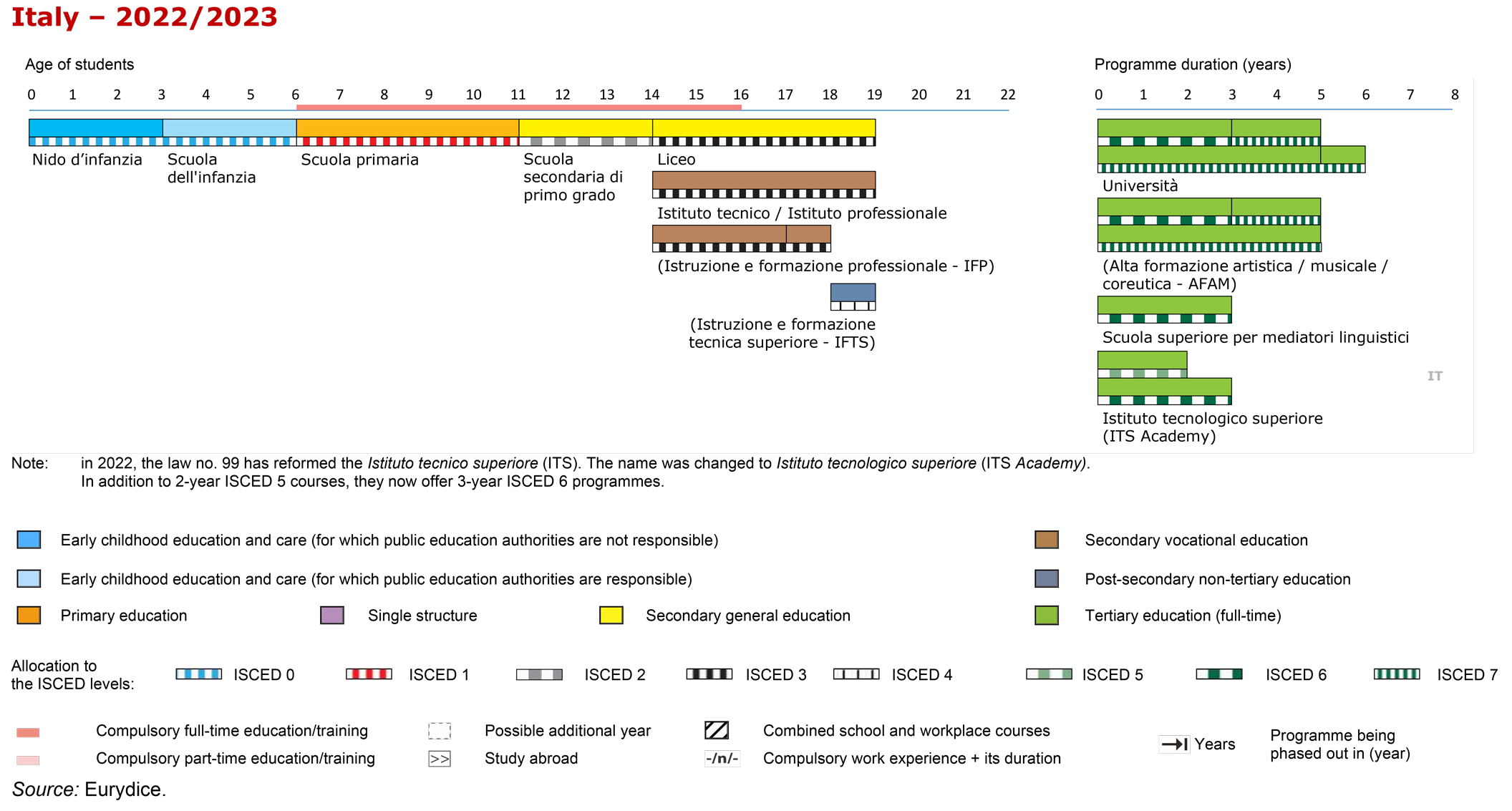
4. Useful links
Ministry of university and research
National Institute for documentation, innovation and research in education (Indire)
National institute for the evaluation of the education and training system (Invalsi)
National institute for the analysis of public policies (INAPP)
5. Common European reference tools provided by the Eurydice Network
- National Student Fee and Support Systems
- Organisation of the Academic Year in Higher Education
- Organisation of School Time in Europe (Primary and general secondary education)
- Recommended Annual Instruction Time in Full-Time Compulsory Education in Europe (Presented by grades/stages for full time compulsory education as well as by subject and country)
- Teachers and School Heads Salaries and Allowances in Europe (Salaries and allowances of teachers and school heads at preprimary, primary, lower secondary and upper secondary education levels)
Contents revised: 14 October 2022
Source: https://eurydice.eacea.ec.europa.eu/national-education-systems/italy/overview
Follow us on social media: Facebook, Twitter, Instagram, YouTube.


